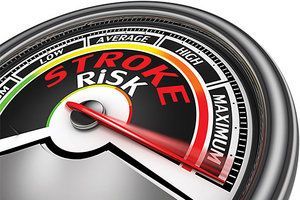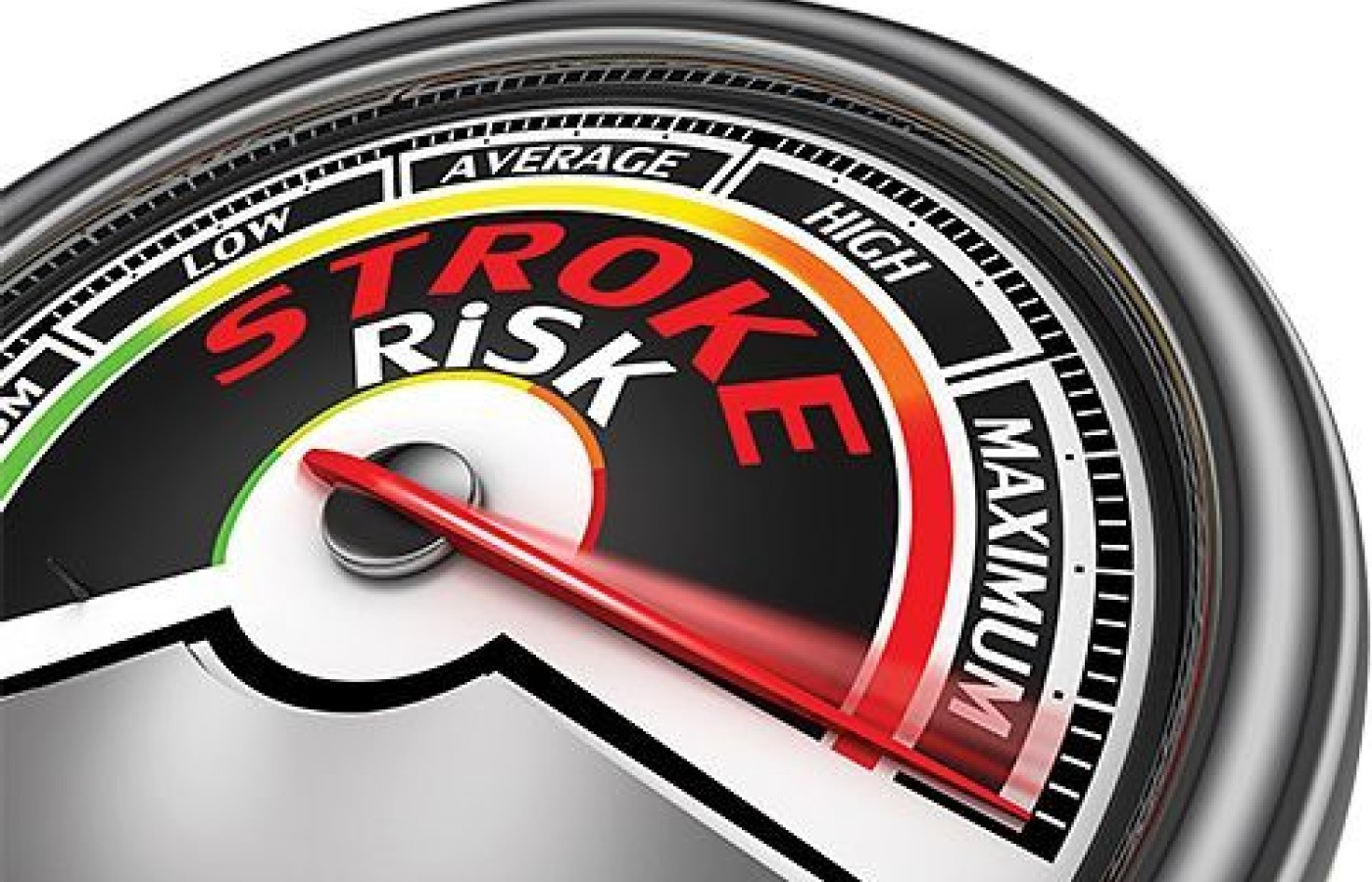You became a chiropractor to serve people, not an insurance company. You deserve to run a business that aligns with your values, supports your family and lights you up. Cash-based care isn’t just a pricing model – it’s a philosophy rooted in freedom, trust and respect for your patients and for yourself. Here's why - and how - to do it.
Chiropractic Care and Risk of Stroke: The Shoe Moves to the Other Foot
For decades, numerous papers have linked upper cervical chiropractic care to the incidence of vertebral artery dissections and stroke.1-6 Particularly bothersome have been the case-control studies, which, neglecting to include a cohort of patients consulting primary care medical physicians in cases of headache or neck pain, have suggested the likelihood of stroke increases if the patient has recently consulted a chiropractor.5-6
Years later, the proper control was finally provided with a massive patient database in Canada that clearly pointed out the risk of cervical arterial dissection was as great, if not greater, if patients with neck pain or headaches reported to a medical practitioner rather than a chiropractor.7 Thus, for more than five years, readers were given the highly misleading impression that visiting a chiropractor with complaints of neck pain or headache bore a significant risk of stroke if such patients were given neck manipulations. That assumption appeared to fade with the appearance of the Cassidy study.7
The tide appeared to turn even further with a report earlier this year from the Dartmouth Institute for Health Policy and Clinical Practice that analyzed a Medicare B population ages 66-99 and found the adjusted risk of injury in the chiropractic cohort was actually less than that seen in the primary care cohort – by a hazard ratio nearly four times lower. The cumulative probability of injury in the chiropractic group was 40 injury incidents per 100,000 subjects, compared with 153 such incidents in the primary care cohort.
Put another way, the risk of injury to the head, neck or trunk in Medicare patients with a neuromusculoskeletal problem visiting a chiropractic office within seven days was 76 percent lower than among those who saw a primary care physician. It should be noted, however, that the risk of arterial dissection in particular was not evaluated in this study, and that the severity of conditions among patients visiting a medical physician might have been greater – prompting the increased likelihood of posttreatment injury in that group.8

But an even more recent study points in the same direction to debunk the notion that chiropractic patients, as opposed to MD patients presenting with the same conditions in the neck and head, are more at risk for arterial dissection and stroke This case-control study involved Medicare Advantage and commercial health plan patients in the U.S. across a broad spectrum of ages, stratified by age less than or greater than 45 years.
Of 1,829 stroke cases, the findings produced no significant association between chiropractic visits and strokes caused by vertebral artery dissection – not only in the Medicare Advantage patients, but also those who were commercially insured. However, there was a positive association between primary care visits and vertebral artery stroke incidence,9 buttressing the disturbing results coming out of the aforementioned Dartmouth study.8
Again it could be argued that the severity of the initial condition steered the more risk-prone patients to the medical physician, rather than the chiropractor. Nonetheless, the clear trend appears to be more and more likely: Cervical manipulation as performed by chiropractors fails to register as a significant specific cause of vertebral basilar artery dissections and stroke. Although always worthy of further study, the issue of stroke now needs to be retired as a specific reason to avoid chiropractic care.
References
- Lee KP, Carlini WG, McCormick GF, Walters GW. Neurologic complications following chiropractic manipulation: a survey of California neurologists. Neurology, 1995;45(6):1213-1215.
- Bin Saeed A, Shuaib A, Al-Sulaiti G, Emery D. Vertebral artery dissection: warning symptoms, clinical features and prognosis in 26 patients. Canadian J Neurological Sci, 2000;27(4):292-296.
- Hufnagel A, Hammers A, Schonle P-W, Bohm K-D, Leonhardt G. Stroke following chiropractic manipulation of the cervical spine. J Neurology, 1999;246(8):683-688.
- Norris JW, Beletsky V, Nadareishvilli ZG, Canadian Stroke Consortium. Canadian Med Assoc J, 2000;163(1):38-40.
- Rothwell DM, Bondy SJ, Williams JI. Chiropractic manipulation and stroke: a population-based case-control study. Stroke, 2001;32(5):1054-1060.
- Smith WS, Johnston SC, Skalabrin EJ, Weaver M, Azari P, Albers GW, Gress DR. Spinal manipulative therapy is an independent risk factor for vertebral artery dissection. Neurology, 2003;60:1424-1428.
- Cassidy JD, Boyle E, Coe P, He H, Hogg-Johnson S, SIlver FL, Bondy SJ. Risk of vertebrobasilar stroke and chiropractic care: results of a population-based case control and case-crossover study. Spine, 2008;33(4S):S176-S183.
- Wheldon JM, Mackenzie TA, Phillips RB, Lurie JD. Risk of traumatic injury associated with chiropractic spinal manipulation in Medicare Part B beneficiaries aged 66 to 99 years. Spine, 2015;40(4):264-270.
- Kosloff TM, Elton D, Tao J, Bannister WM. Chiropractic care and the risk of vertebrobasilar stroke: results of a case-control study in U.S. commercial and Medicare Advantage populations. Chiro & Manual Ther, 2015;23:10.



